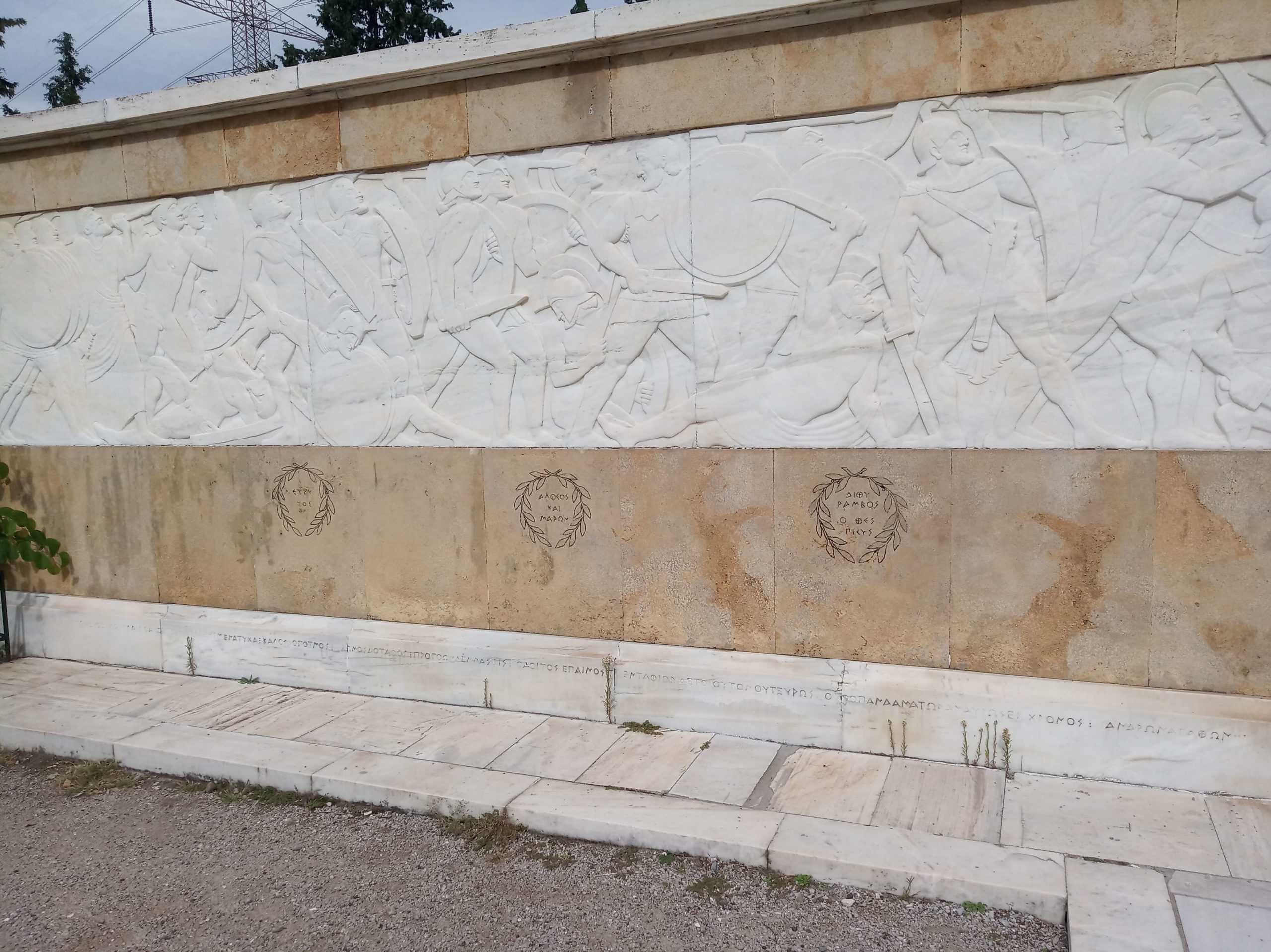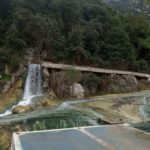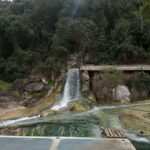Thermopylae, located in Greece, is a historic site that holds great significance in both history and culture. This legendary site was the battleground for the famous Battle of Thermopylae in 480 B.C, where a small group of Spartans valiantly defended against the Persian army. Known as a symbol of courage and sacrifice, visiting Thermopylae allows you to immerse yourself in this legendary event and experience the timeless allure of its history.
When you visit Thermopylae, you’ll have the opportunity to explore ancient ruins, learn about the ancient Greek civilization, and appreciate the strategic significance of the location. The beautiful natural landscape combined with the rich historical importance makes Thermopylae a must-visit destination for history enthusiasts and those seeking a deeper understanding of Greek culture.
Key Takeaways:
- Thermopylae is a historic site in Greece with significant cultural and historical importance.
- The Battle of Thermopylae is a symbol of courage and sacrifice.
- Visiting Thermopylae allows you to explore ancient ruins and learn about ancient Greek civilization.
- The site offers a unique opportunity to appreciate the strategic significance of the location.
- Thermopylae is worth a visit for history enthusiasts and those seeking a deeper understanding of Greek culture.
Exploring Thermopylae: What to See and Do
When visiting Thermopylae, there are several key attractions and activities to explore. The first and most iconic is the Monument of Leonidas, which pays tribute to the brave Spartan king who led the defense against the Persian army. The monument stands as a reminder of the heroic efforts of the Spartans and their commitment to protecting their homeland.
Another must-see is the ancient battlefield, where the Battle of Thermopylae took place. Here, you can walk in the footsteps of the warriors and imagine the intensity of the battle. The battlefield offers a sense of awe and respect for the historical significance of the site.
For history enthusiasts, a visit to the Museum of Thermopylae is highly recommended. The museum houses a collection of artifacts and exhibits that shed light on the ancient Greek civilization and the battle itself. It provides a deeper understanding of the events that unfolded at Thermopylae and the impact they had on Greek history.
“The defense of Thermopylae has become the embodiment of bravery and sacrifice throughout history. Visiting the site allows us to pay our respects to those who fought valiantly against overwhelming odds.”
– Dr. Sophia Katsarou, Historian
Table: Highlights of Thermopylae
| Attractions | Description |
|---|---|
| Monument of Leonidas | A tribute to the brave Spartan king who led the defense against the Persian army. |
| Ancient Battlefield | The site where the Battle of Thermopylae took place, offering a glimpse into the intensity of the battle. |
| Museum of Thermopylae | A collection of artifacts and exhibits that provide insight into ancient Greek civilization and the battle itself. |
Exploring Thermopylae allows you to immerse yourself in history and gain a deeper appreciation for the courage and sacrifice of the warriors who fought on this hallowed ground. It is an experience that will leave an indelible mark on your understanding of Greek culture and its rich heritage.
Immersing in the Legends: Why Thermopylae Should Be on Your Itinerary
Thermopylae, a place steeped in legends and history, is an absolute must for any traveler’s itinerary. This ancient site holds stories that have shaped Greek culture and captivated the imagination of people for centuries.
As you explore Thermopylae, you will walk in the footsteps of the brave Spartans who withstood the might of the Persian army. The Battle of Thermopylae, depicted in the epic movie “300,” symbolizes courage, sacrifice, and unwavering determination. Visiting this hallowed ground allows you to connect with these legendary figures and gain a deeper understanding of their incredible feats.
While at Thermopylae, be sure to visit the inspiring Monument of Leonidas. This monument stands as a testament to the heroic efforts of King Leonidas and his loyal Spartan warriors. It serves as a reminder of their unwavering commitment to defending their homeland and preserving the ideals of freedom and bravery.
Immersing yourself in the legends of Thermopylae is an experience like no other. The stories of heroism and sacrifice transcend time, making this destination a must-visit for history enthusiasts and anyone seeking a profound connection with Greek mythology and culture.
FAQ
Is Thermopylae worth visiting?
Yes, Thermopylae is definitely worth visiting for its historic allure.
What can I see and do in Thermopylae?
When visiting Thermopylae, you can explore the ancient ruins, learn about the ancient Greek civilization, and appreciate the strategic significance of the location.
Why should Thermopylae be on my itinerary?
Thermopylae holds a special place in history and provides a unique opportunity to connect with the ancient legends and stories that have shaped Greek culture.
Source Links
- https://www.twincities.com/2014/07/12/tourist-embraces-the-history-of-greece-from-the-mainland/
- https://www.reddit.com/r/GreeceTravel/comments/14z0027/possible_travel_to_greece_need_advice/
- https://www.roughguides.com/greece/
Author Profile
-
Welcome to e-thermopyles.gr, your gateway to the fascinating world of Thermopylae and the legendary Spartans. My name is George Margaritis, and I’m the proud owner and writer behind this website.
A Passion for History and the Spartan Legacy
I consider myself fortunate to call the historic site of Thermopylae my home. From a young age, I was captivated by history, and in particular, the incredible tale of the Battle of Leonidas in Thermopylae. The valiant stand of King Leonidas and his 300 Spartans against overwhelming odds has left an indelible mark on the annals of history.
As I delved deeper into this captivating story, my fascination only grew. The bravery, strategy, and sacrifice of those Spartan warriors resonated with me, and I wanted to share this rich history with the world. That’s why I created e-thermopyles.gr, a platform dedicated to exploring and uncovering the depths of knowledge surrounding Thermopylae and the Spartans.
Latest entries
 HistoryOctober 31, 2023Exploring Why is the Battle of Thermopylae Interesting
HistoryOctober 31, 2023Exploring Why is the Battle of Thermopylae Interesting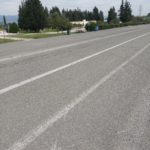 GuidesOctober 31, 2023Your Guide to the Athens to Thermopylae Train Journey
GuidesOctober 31, 2023Your Guide to the Athens to Thermopylae Train Journey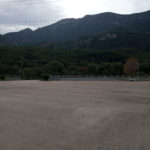 GuidesOctober 31, 2023Uncover the Mystery: Where is Thermopylae Today?
GuidesOctober 31, 2023Uncover the Mystery: Where is Thermopylae Today? GuidesOctober 31, 2023Uncover History by Visiting Thermopylae – A Travel Guide
GuidesOctober 31, 2023Uncover History by Visiting Thermopylae – A Travel Guide
